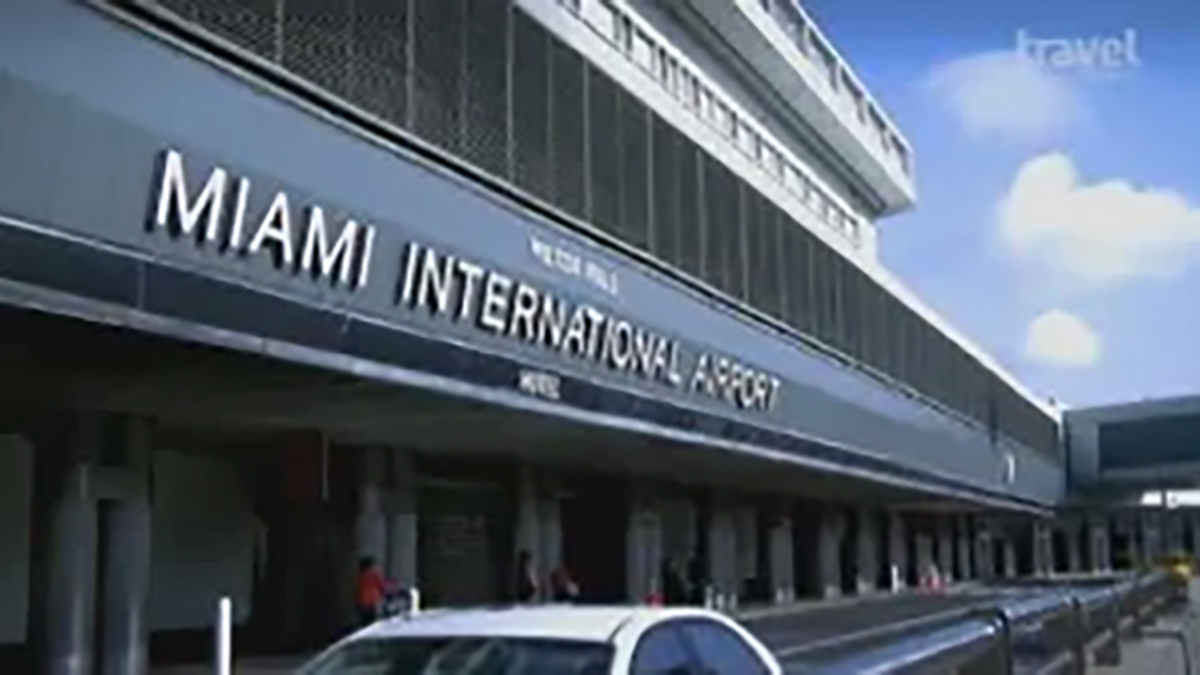A popular vacation destination in Wisconsin is grappling with a serious water safety crisis as officials have issued a do-not-drink order due to contamination concerns. The alert affects residents and visitors in Williams Bay, a lakeside village known for its scenic views and outdoor recreational activities. The contamination has sparked widespread precautionary measures including bottled water distribution and ongoing tests to ensure public safety.
Discovery of Water Contamination in Williams Bay

The Wisconsin Department of Natural Resources (DNR) issued a formal do-not-drink advisory after tests revealed dangerously high levels of nitrites in the village’s water supply. Nitrites are chemicals that can pose significant health risks if consumed, especially to vulnerable populations such as infants, pregnant women, and people with certain medical conditions. The contamination trace is linked to the local waterworks system, highlighting the challenges of maintaining safe drinking water in smaller communities.
Immediate Response and Safety Measures
In response to the contamination, the village government of Williams Bay has set up bottled water distribution points to provide clean drinking water to residents and tourists. Distribution times have been scheduled daily from late August into early September, ensuring continuous access to safe hydration during what is typically a busy vacation period. Additionally, officials have advised that the village tap water should not be used for cooking or any form of ingestion until further notice.
Testing and Monitoring Efforts
Water quality tests continue as the DNR and local authorities work to identify the contamination source and address the underlying issues. The village has increased water sampling not only from the treated water entering the distribution system but also from raw water sources such as wells. While some bacterial contaminants have been found in raw water samples, treated water samples have not shown the presence of bacteria like E. coli or coliform at this time. However, the nitrite levels remain a critical concern requiring ongoing attention.
Potential Causes and Environmental Factors
Recent historic rainfall and flooding events in early August are suspected to have contributed to the contamination incident. The excessive water volume can lead to runoff and infiltration of pollutants into underground aquifers and wells. These natural weather patterns pose challenges for water systems throughout Wisconsin and have prompted heightened vigilance by water authorities. The DNR is collaborating closely with the village to implement improved safeguards and ensure long-term water quality.
Health Risks and Public Advisory
Nitrites interfere with the blood’s ability to carry oxygen, causing a condition called methemoglobinemia or “blue baby syndrome” in infants. For this reason, children under six months, pregnant women, and anyone with compromised health are urged to avoid consuming affected water. General symptoms of nitrite poisoning may include headaches, dizziness, fatigue, and shortness of breath. Health experts stress the importance of using bottled or boiled water until the contamination is fully resolved.
Community Impact and Travel Considerations
Williams Bay, a beloved vacation spot during summer months, faces challenges with this water alert amid ongoing tourism. Local businesses that rely on visitors are affected as precautionary messages discourage tap water usage. However, authorities reassure that recreational activities such as swimming or boating in the lake remain safe, and the alert specifically concerns only water used for drinking and cooking. Visitors are advised to stay informed through official village channels while enjoying the natural beauty responsibly.
Moving Forward: Steps to Restore Water Safety
The village is committed to rectifying the water issue promptly and transparently. Authorities are following the Department of Natural Resources’ recommendations for further water treatment, infrastructure inspection, and contamination source mitigation. Public updates will be provided as new test results become available, with hopes to lift the do-not-drink order soon. Residents of Williams Bay are encouraged to participate in water testing if they use private wells and to practice caution until the public health advisory is officially lifted.
This unfolding water contamination event highlights the delicate balance communities face in preserving safe and clean drinking water, particularly amid environmental pressures. Vigilant monitoring, swift public health response, and community cooperation are essential components in overcoming such challenges and protecting public well-being.





